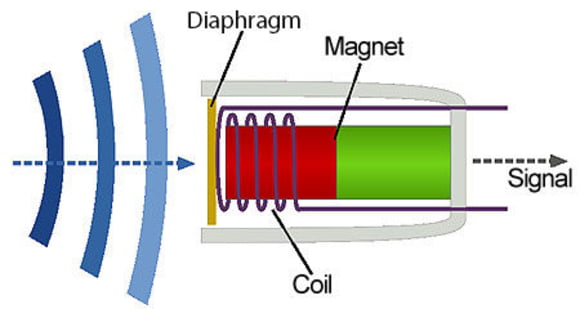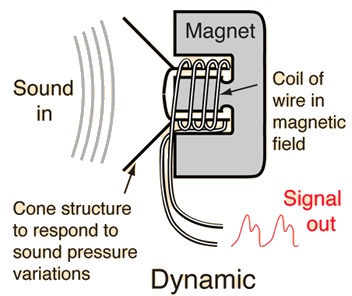A microphone is commonly used for various purposes like voice recording, in-game voice chats, and other audio purposes. Like any other computer peripheral, a microphone is also responsible for the conversion of data for the computer.
Like any other computer peripheral, a microphone can also be categorized as an input or output device. For finding out about any device being input or output, the most important thing to look for is how that device works.
Therefore, we are going to look at what a microphone is and how it works to find out why it is an input or an output device.
What Is A Microphone?

A Microphone is an electronic device that records analog sound signals and stores them on a computer or directs it to a speaker or headphones.
Microphone is connected to a computer via various means and features a mechanism that converts sound waves into digital format in order to make it readable and understandable by a computer.
It can be connected to a computer via a cable or wirelessly depending on the type and quality of the microphone.
Is Microphone An Input Or Output Device?
As a microphone registers the sound waves as analog input, the microphone is considered as an Input device . After obtaining the analog signals, it converts them into digital signals for the computer.
A microphone does this conversion with the help of an ADC or Analog Digital Converter that can be either found on the microphone itself or on a medium like an Audio Hub or Audio Adapter that is required to establish a connection between the microphone and computer.
Microphone can record human voices or any other analog sound signals when connected to a computer. As an input device is something that takes input from a user, devices like a microphone, keyboard, mouse, and scanner generally fall into the category of Input devices.
How Does A Microphone Work?

A microphone needs to convert the sound vibrations into electronic signals and it is achieved by a mechanism that requires a coil suspended in a magnetic field attached to a diaphragm.
Once the sound signals hit the diaphragm, it starts to vibrate which results in the movement of the connected coil back and forth producing electrical signals.
These signals are sent to the processor of a computer for further processing from where they can be converted back into sound waves and obtained through output devices such as speakers or headphones.
Types Of Microphones
Microphones can record from a single direction, two directions, or multiple directions based on their types. These are classified as Omnidirectional, Bidirectional, and Unidirectional microphones.
Each one has its own limitations and advantages. The omnidirectional microphone can record sound from all directions while the bidirectional and unidirectional can only record from one or two sides which makes them better for reducing the background noise.
Microphones can also be categorized on the basis of their working.
These microphones are generally classified as Dynamic, Piezoelectric, and Condenser Microphones. Each of these microphones has a different mechanism for working than a standard digital microphone and also acts as a speaker simultaneously.
A dynamic microphone is built like a loudspeaker and can feature either the moving coil or ribbon mechanics. It works on the principle of electromagnet induction and converts the sound signals to electrical signals through one of the two methods.

A condenser microphone provides superior sound quality than a dynamic microphone as it can detect sound waves more accurately through its mechanism that features a thin membrane in close proximity to a solid metal plate. When the sound waves hit the diaphragm, the capacitance changes as the distance between the capacitor plates changes according to the sound intensity.
Piezoelectric microphones work a lot differently than dynamic and condenser mics. They do not detect sound vibrations through the air and work through physical contact. These are generally used for detecting sound waves from solid objects.
Can A Microphone Work As An Output Device?
A microphone can only work as an input device but some speakers use the same mechanism as of a microphone which makes them work like an output device.
These are classified under the three types of microphones explained above that are: Dynamic, Piezoelectric, and Condenser.
Even though a microphone only possesses the ability to work as an input device, many microphones are equipped with output devices such as headsets or earphones that allow the simultaneous use of both microphone and speakers.
Related:
